I'm going to purchase a PYNQ-Z1 FPGA development board from Digilent (Link: https://store.digilentinc.com/pynq-z1-python-productivity-for-zynq/). However, some of the comments on the linked page say that the board runs very hot and they should have included a heatsink or fan.
As the board is rather expensive and I want to protect it from damage, I'm thinking of also buying a heatsink. The main chip is a ZYNQ XC7Z020-1CLG400C (BGA, 0.8mm ball pitch, 17x17 mm package).
So I did some research and found at least one heatsink designed for this size of chip, linked here: https://www.digikey.com/product-detail/en/advanced-thermal-solutions-inc/ATS-55170D-C1-R0/ATS1264-ND/1284978
I'm wondering whether it's a good idea to install this heatsink, or whether it's unnecessary or even dangerous, or whether a different kind of heatsink would be better. At 9.5mm in height, I'm also worried that this heatsink might interfere with the Arduino interface, but I would need better measurements to be sure.
